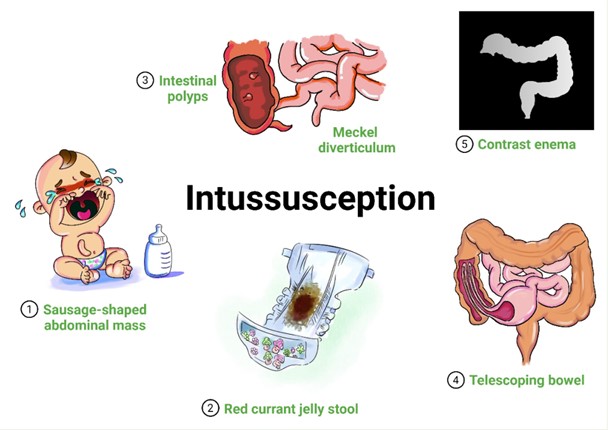An unlicensed assistive personnel (UAP) is assigned to a client with flu-like symptoms who has been placed on droplet precautions. The UAP requests a change in assignment, stating she has not yet been fitted for a particulate filter mask. Which action should the nurse take?
Send the UAP to be fitted for a particulate filter mask immediately so she can provide care to this client.
Advise the UAP to wear a standard face mask to obtain vital signs, and then get fitted for a filter mask before providing personal care.
Instruct the DAP that a standard face mask is sufficient to be able to provide care for the assigned client.
Before changing assignments, determine which staff members have fitted particulate filter masks.
The Correct Answer is C
A) This option is unnecessary because droplet precautions do not require a particulate filter mask. Particulate filter masks are needed for airborne precautions. Sending the UAP for fitting delays care without providing additional safety benefits for droplet precautions.
B) While a standard face mask is appropriate for droplet precautions, the part about getting fitted for a filter mask is unnecessary. It implies that a particulate filter mask is needed, which it is not for droplet precautions. This option also incorrectly suggests that vital signs can be obtained with a standard mask, but personal care requires a particulate filter mask, which is not accurate.
C) Droplet precautions require the use of a standard face mask, not a particulate filter mask (such as an N95 respirator). Particulate filter masks are required for airborne precautions, which are necessary for diseases like tuberculosis, measles, or chickenpox. For droplet precautions, a standard surgical mask is adequate to prevent the transmission of infections like influenza. Thus, the UAP can safely provide care to the client with flu-like symptoms by wearing a standard face mask.
D) This option is unnecessary because a particulate filter mask is not required for droplet precautions. Changing assignments based on this criterion is not needed and could disrupt the workflow without enhancing safety. The focus should be on ensuring staff understand and use the appropriate PPE for droplet precautions.
Nursing Test Bank
Naxlex Comprehensive Predictor Exams
Related Questions
Correct Answer is A
Explanation
The presenting symptoms of the infant, including persistent vomiting, poor skin turgor, significant weight loss, and a palpable abdominal mass, indicate a potential serious condition that requires immediate attention. These findings may suggest dehydration, malnutrition, and the presence of an abdominal mass that could be causing gastrointestinal obstruction or other underlying pathology.
Initiating a prescribed IV for parenteral fluid is the priority intervention to address the potential dehydration and fluid imbalance in the infant. This will help restore and maintain adequate hydration while further diagnostic evaluations and interventions are initiated.
Feeding the infant, giving 5% dextrose in water orally, or inserting a nasogastric tube for feeding should not be implemented as the first intervention in this case. It is important to stabilize the infant's fluid status before initiating oral feedings or other interventions to address the underlying cause of the symptoms.

Correct Answer is D
Explanation
A) Incorrect- Dizziness is a common side effect of ramelteon and may occur initially as the body adjusts to the medication. While it's important to monitor and address dizziness, it may not require immediate reporting unless it's severe or persistent.
B) Incorrect- A change in the sleep-wake cycle is expected when using medications to treat sleep disorders. Ramelteon is designed to help regulate sleep patterns, so a change in the sleep-wake cycle is an anticipated effect.
C) Incorrect- Mild sedation is a common side effect of ramelteon and is usually well-tolerated.
It's important to educate the client about potential sedation effects and advise them not to engage in activities that require full alertness until they know how the medication affects them.
D) Correct- Somnambulism, also known as sleepwalking, is a potentially dangerous side effect that needs immediate attention from the healthcare provider. The client's safety is at risk due to the potential for injury during sleepwalking episodes.
Whether you are a student looking to ace your exams or a practicing nurse seeking to enhance your expertise , our nursing education contents will empower you with the confidence and competence to make a difference in the lives of patients and become a respected leader in the healthcare field.
Visit Naxlex, invest in your future and unlock endless possibilities with our unparalleled nursing education contents today
Report Wrong Answer on the Current Question
Do you disagree with the answer? If yes, what is your expected answer? Explain.
Kindly be descriptive with the issue you are facing.
